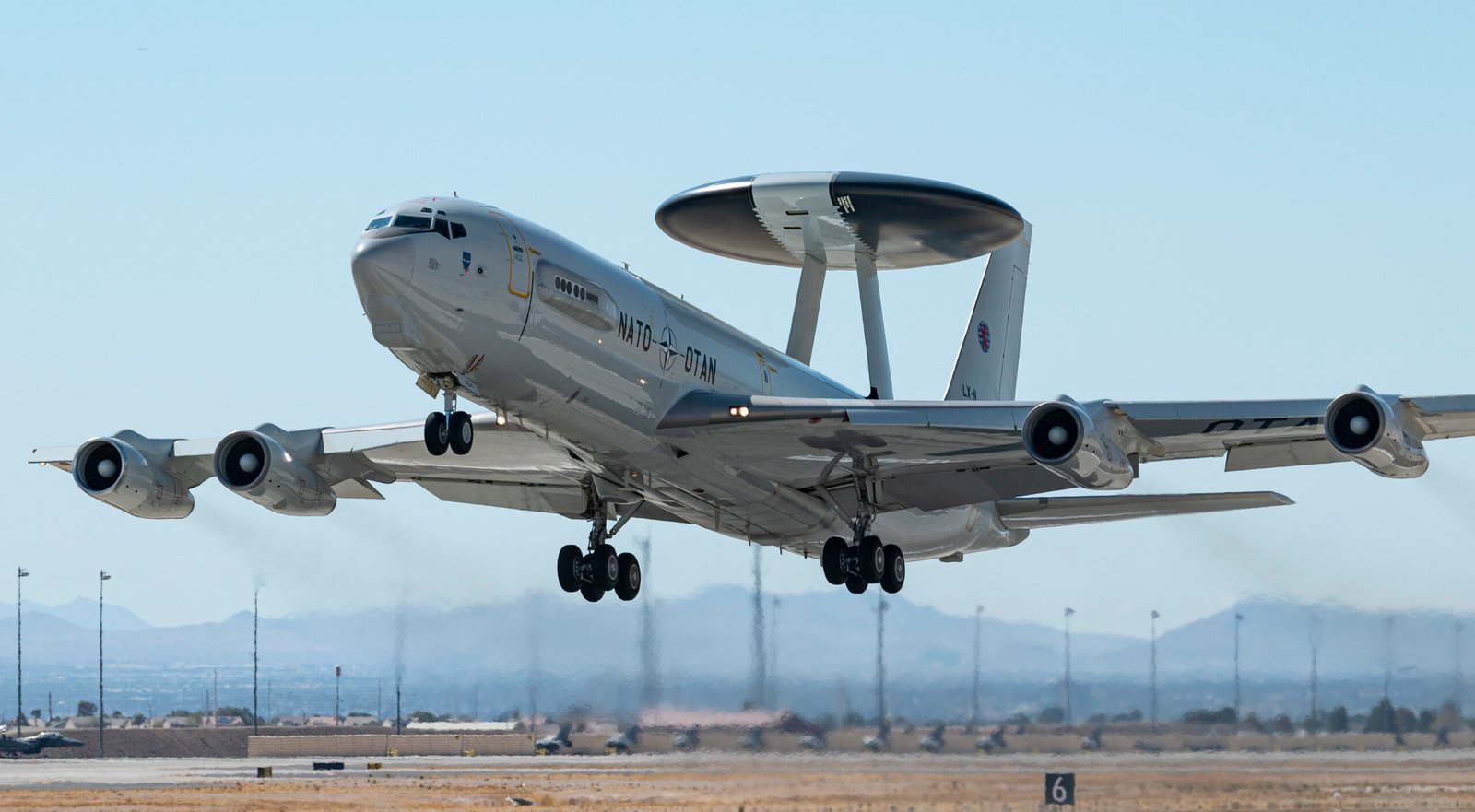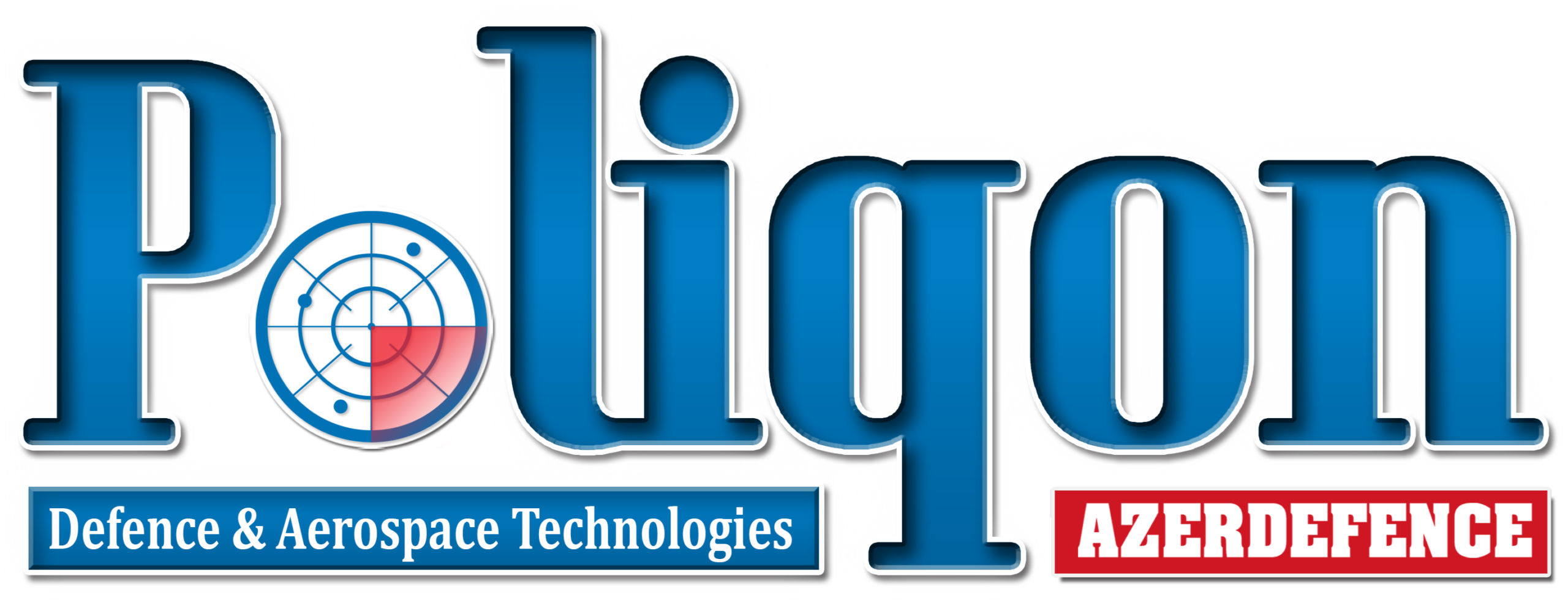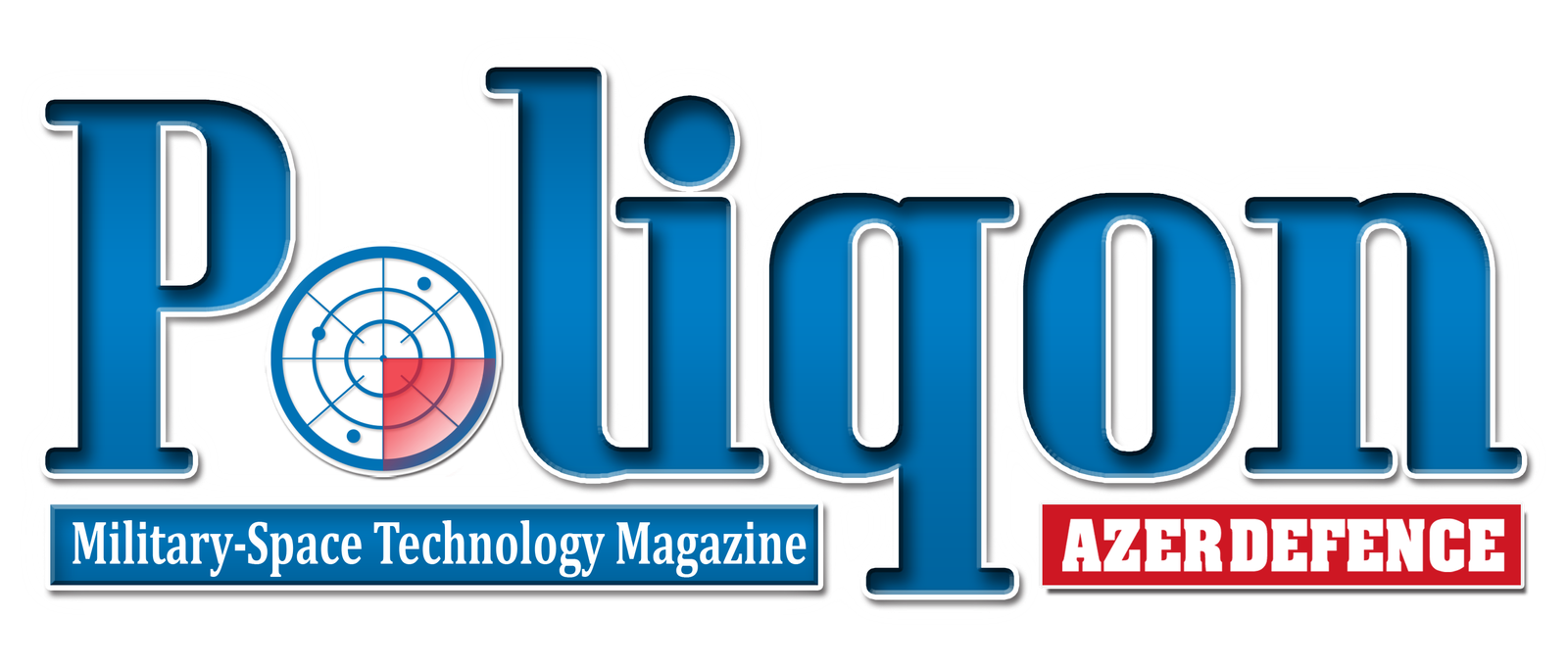
Pratt & Whitney to Support NATO’s AWACS Fleet
Pratt & Whitney, a business unit of RTX, has been awarded an $18 million engine sustainment contract from the NATO Support and Procurement Agency (NSPA), the company announced.
The agreement covers continued maintenance and support for the TF33 engines powering NATO’s fleet of E-3 Sentry airborne warning and control system (AWACS) aircraft.
The three-year contract includes an option for a two-year extension and underscores NATO’s ongoing reliance on the E-3 platform for air surveillance, command and control, and battle management across the alliance’s area of operations.
“NATO’s TF33-powered E-3s have played a pivotal role supporting air, ground and maritime operations for over 40 years, providing its 32 member nations with air surveillance, real-time situational awareness and battle management,” said Jessica Villardi, vice president of Fighter and Mobility Programs at Pratt & Whitney.
“Our integrated engine sustainment approach will help maximize fleet readiness for years to come,” Villardi added.
The TF33-PW-100A engine has powered the E-3 Sentry since its inception in the 1970s. While the airframe itself has undergone numerous upgrades over the decades, the engines remain a critical component to ensuring the aircraft’s operational availability.
According to the company, the new contract will involve a materials management program, which includes part forecasting, procurement, and technical support. The goal is to ensure that NATO’s E-3 aircraft continue to meet operational requirements despite the increasing age of the airframes and their propulsion systems.
Support work will be conducted at multiple sites, including NATO Air Base Geilenkirchen in Germany, as well as depots in Turkey and Greece. Additional work will take place at Pratt & Whitney’s facility in East Hartford, Connecticut.
The E-3 Sentry, based on the Boeing 707 airframe, continues to serve as NATO’s airborne command and control platform, enabling a real-time operational picture that integrates with allied air, ground, and naval forces. Its distinctive rotating radar dome has become a symbol of the alliance’s air surveillance capabilities, especially in Europe and along the alliance’s eastern flank.
The sustainment of these aircraft comes at a time of elevated tensions in Europe, as NATO countries reinforce their deterrence posture in response to Russian aggression and ongoing instability along the alliance’s periphery.


